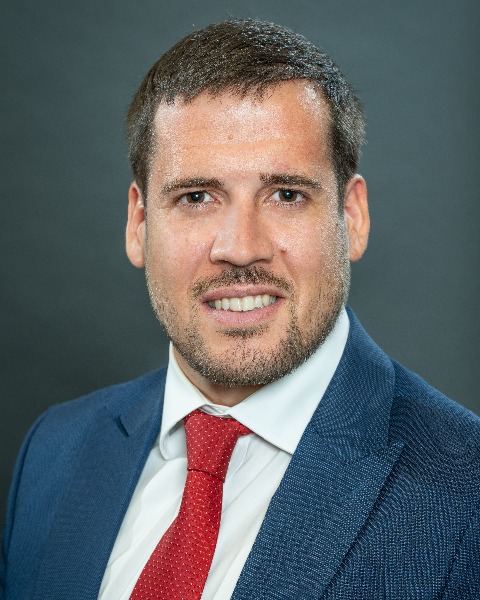Tumor
Vascularized Super-Fascial Flap for Middle Cranial Fossa Reconstruction After Transcranial Resection of Skull Base Neoplasms
Vascularized Super-fascial Flap for Middle Cranial Fossa Reconstruction After Transcranial Resection of Skull Base Neoplasms

Inigo Sistiaga, MD
Neurosurgical Oncology Fellow
Northwell Health
Manhasset, New York, United States
Presenting Author(s)
Introduction: Pre-temporal and trans-temporal approaches to parasellar and posterior fossa lesions provide critical anterolateral access but are associated with increased rates of cerebrospinal fluid (CSF) leak and pseudomeningocele due to middle fossa reconstruction challenges. There is limited data on effective closure techniques, and no consensus on optimal methods. This study aims to assess the feasibility and efficacy of a novel pedicled flap technique for middle fossa reconstruction following extensive temporal dural resection.
Methods: Prospective analysis of surgical outcomes in adults undergoing middle fossa craniotomies with large temporal dural defects reconstructed using a pedicled superfascial flap (SFF) compared to multilayer reconstruction with a non-pedicled flap (standard reconstruction, StdRec). The SFF includes periosteum, galea, and superficial temporalis fascia, dissected posteriorly and mobilized in an onlay fashion. Statistical analysis included univariate tests to evaluate the results, with significance set at p < 0.05.
Results: Among 37 patients, 8 (21.6%) underwent SFF reconstruction. No significant differences were observed in hospital stay (3.4 vs 4.7 days, p = 0.28) or blood loss (139.6 vs 106.2 cc, p = 0.11) between SFF and StdRec groups. However, SFF reduced surgery length significantly (371 ± 127 vs 501 ± 205 minutes). No complications occurred in the SFF group, while the StdRec group experienced pseudomeningocele (37.9%, p = 0.04), CSF leak (3.4%, p = 0.78), and meningitis (6.8%, p = 0.60). Four patients in the StdRec group required lumbar drains (LD), of whom 50% required ventriculoperitoneal (VP) shunt placement (p = 0.009) and 50% required surgical readmission (p = 0.026).
Conclusion : The vascularized SFF technique offers effective middle fossa reconstruction with a significant reduction in pseudomeningocele incidence, superior aesthetic outcomes, and shorter surgical times. This technique demonstrated no CSF leaks despite the inability to achieve primary dural closure, suggesting it as a reliable alternative in skull base surgeries.
Methods: Prospective analysis of surgical outcomes in adults undergoing middle fossa craniotomies with large temporal dural defects reconstructed using a pedicled superfascial flap (SFF) compared to multilayer reconstruction with a non-pedicled flap (standard reconstruction, StdRec). The SFF includes periosteum, galea, and superficial temporalis fascia, dissected posteriorly and mobilized in an onlay fashion. Statistical analysis included univariate tests to evaluate the results, with significance set at p < 0.05.
Results: Among 37 patients, 8 (21.6%) underwent SFF reconstruction. No significant differences were observed in hospital stay (3.4 vs 4.7 days, p = 0.28) or blood loss (139.6 vs 106.2 cc, p = 0.11) between SFF and StdRec groups. However, SFF reduced surgery length significantly (371 ± 127 vs 501 ± 205 minutes). No complications occurred in the SFF group, while the StdRec group experienced pseudomeningocele (37.9%, p = 0.04), CSF leak (3.4%, p = 0.78), and meningitis (6.8%, p = 0.60). Four patients in the StdRec group required lumbar drains (LD), of whom 50% required ventriculoperitoneal (VP) shunt placement (p = 0.009) and 50% required surgical readmission (p = 0.026).
Conclusion : The vascularized SFF technique offers effective middle fossa reconstruction with a significant reduction in pseudomeningocele incidence, superior aesthetic outcomes, and shorter surgical times. This technique demonstrated no CSF leaks despite the inability to achieve primary dural closure, suggesting it as a reliable alternative in skull base surgeries.

.jpg)